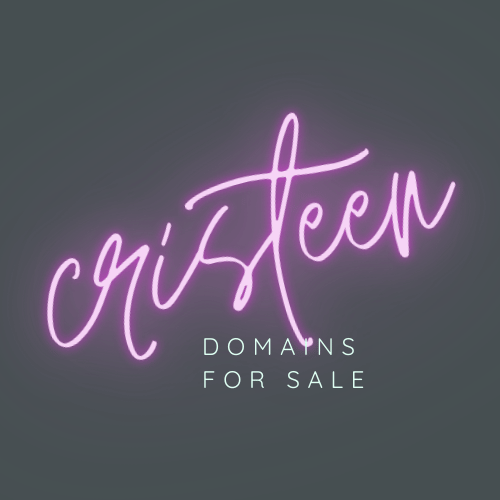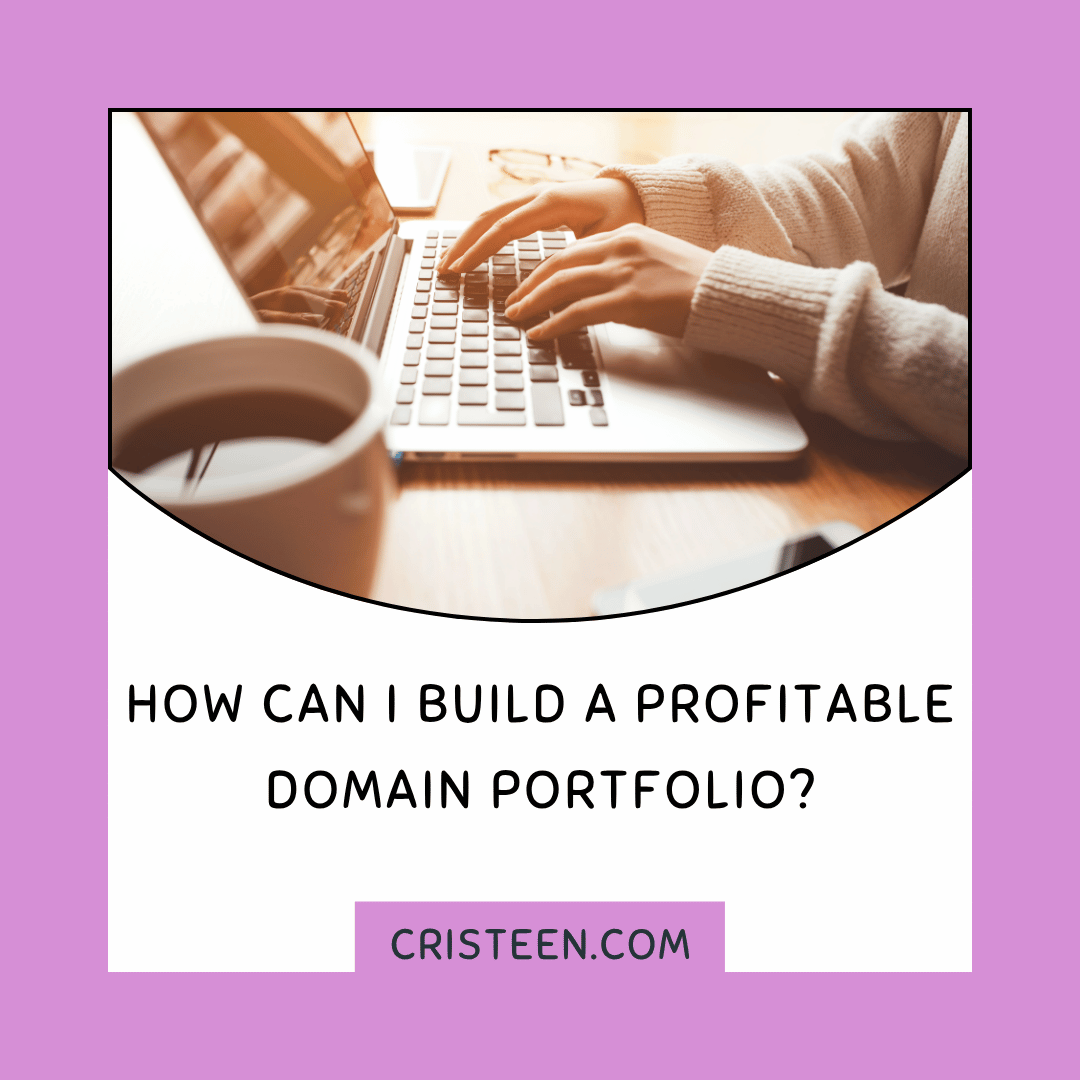Domaining isn’t just about collecting web addresses—it’s about building a portfolio of digital real estate that can bring in passive income, sell for profit, or even help fund bigger business ventures. But how do you go from owning a few domains to building a profitable domain portfolio that actually pays off?
Whether you’re just starting or looking to improve your strategy, this post breaks down the key elements of a successful domain investment portfolio—and how to avoid the most common mistakes.
What Is a Domain Portfolio?
A domain portfolio is a collection of domain names owned by an individual or company, held for purposes like:
- Resale at a profit (flipping)
- Leasing for monthly revenue
- Development into websites or landing pages
- Holding long-term as brand assets
A profitable portfolio doesn’t happen by accident. It’s a blend of research, strategy, timing, and understanding market demand.
Step 1: Know Your Niche and Buyer Profiles
The best domain investors don’t just buy what sounds good—they buy what sells.
Ask yourself:
- Who are you buying domains for?
- What kind of industries or trends are you watching?
- Are you targeting startups, small businesses, local services, or investors?
Start small and focus. For example:
- A local niche investor might focus on geo+service domains like TorontoElectrician.com.
- A brandable investor might go after creative names like Snacksy.com or Hushly.com.
- A trend-driven investor may scoop up AI, crypto, or tech-related domains (PromptGenius.com, BlockFiSecure.com, etc.).
Step 2: Learn What Makes a Domain Valuable
Before you buy, understand what separates a premium domain from a “meh” one. Valuable domains often share these traits:
✅ Short – Ideally under 15 characters
✅ Memorable – Easy to recall and spell
✅ Brandable – Unique and sounds like a real company
✅ Keyword-rich – Includes search terms or popular phrases
✅ .com extension – Still the gold standard for resale
✅ Clean history – No spammy past or trademark issues
Use tools like NameBio, GoDaddy Auctions, and DNJournal to research past sales and see what types of names are moving.
Step 3: Buy Smarter, Not Just More
One of the biggest mistakes new domainers make is registering too many low-quality names.
Instead, focus on:
- Quality over quantity
- A mix of brandables, keyword domains, and trend-based names
- Spending more on one great domain rather than 10 average ones
Set a budget, then make strategic buys that align with your portfolio’s theme or target audience.
Step 4: Diversify (But Stay Focused)
A healthy portfolio includes a mix of domain types to spread your risk and opportunity:
- Brandables: Great for startups and SaaS companies
- Keyword Domains: Attractive to marketers and local businesses
- Aged Domains: Older domains with SEO or traffic history
- One-word .coms: If you can afford them, they’re gold
- Emerging Trend Domains: Like .AI, .XYZ, or blockchain keywords
But don’t spread yourself too thin. Stay within a few verticals where you can spot value faster than others.
Step 5: Keep Organized and Track ROI
Once you own multiple domains, treat it like a business:
- Use spreadsheets or portfolio tools to track renewal dates, cost, potential value, and inquiries
- Set pricing or BIN (Buy It Now) options on marketplaces like Afternic, Dan, or Sedo
- Keep notes on what kind of buyer each name might appeal to
You’re not just buying names—you’re investing in digital assets. Track them accordingly.
Step 6: Market Your Portfolio
Domains don’t always sell themselves. To increase your chances of sales:
- List on multiple marketplaces (with consistent pricing)
- Create a simple portfolio website to showcase your domains
- Use outbound marketing (emails, LinkedIn, etc.) to pitch high-value names
- Park unused domains with a “This Domain is For Sale” landing page
The more visible your names are, the more likely they’ll sell.
Step 7: Stay Informed and Keep Learning
The domain market changes fast. What’s hot today (like crypto or AI) might cool tomorrow. Stay ahead by:
- Following domain blogs and newsletters (like Domain Name Wire or The Domain King)
- Watching auction trends
- Participating in domainer forums and communities
Smart investors adapt—and a profitable portfolio is built over time with a learning mindset.
It’s a Business, Not a Gamble
Building a profitable domain portfolio is a long game. You need vision, discipline, and research skills—not just luck. But when done right, it can be one of the most scalable and low-maintenance digital businesses out there.
Want Help Building Your Portfolio the Right Way?
If you’re serious about domaining but unsure what to buy, what to avoid, or how to identify high-potential names, I can help.
💼 At cristeen.com, I offer a Domain Name Research service designed for investors, startups, and entrepreneurs who want to make smarter, more profitable domain purchases.
👉 Visit cristeen.com and let’s turn your domain ideas into a profitable portfolio.



